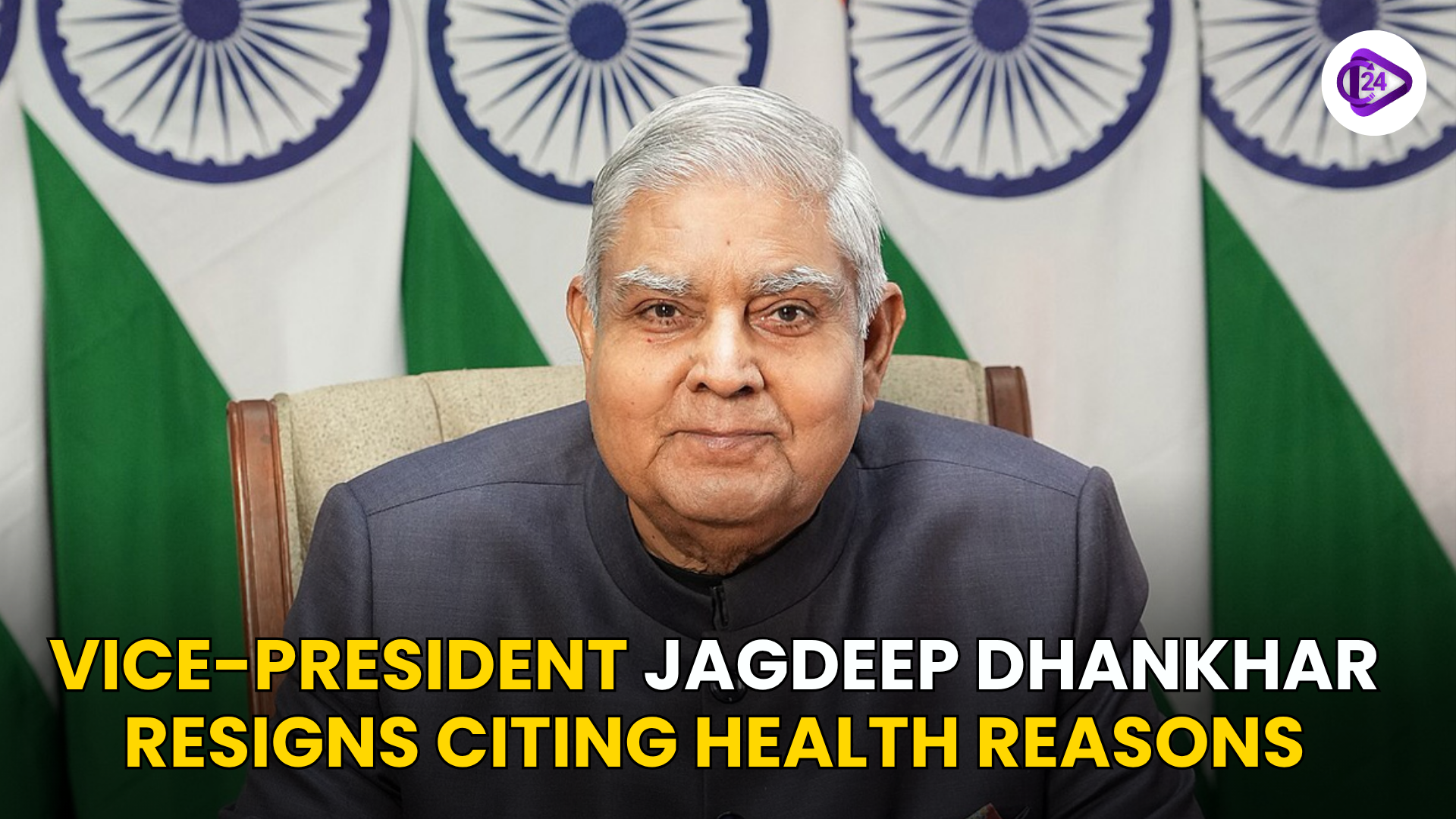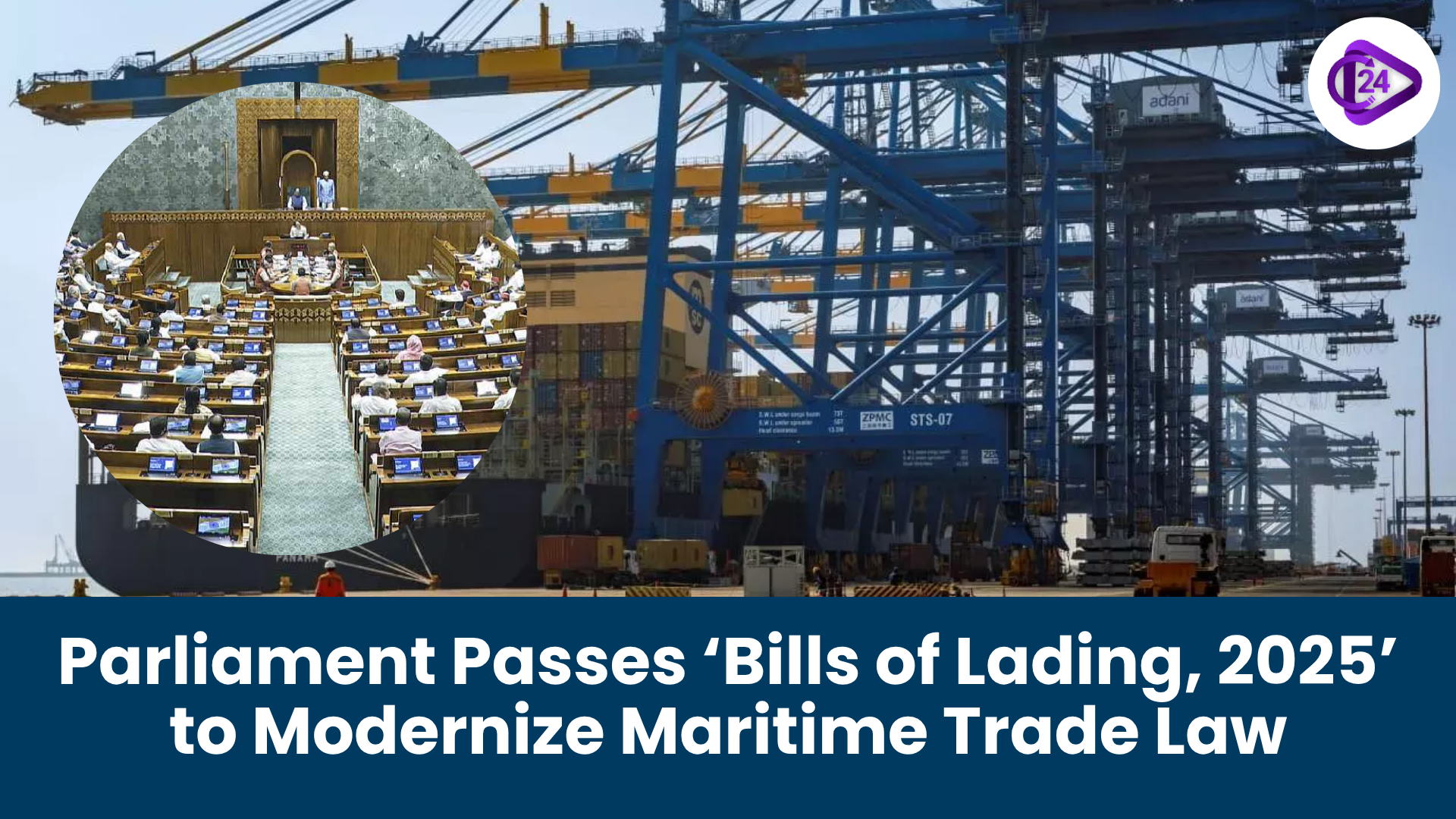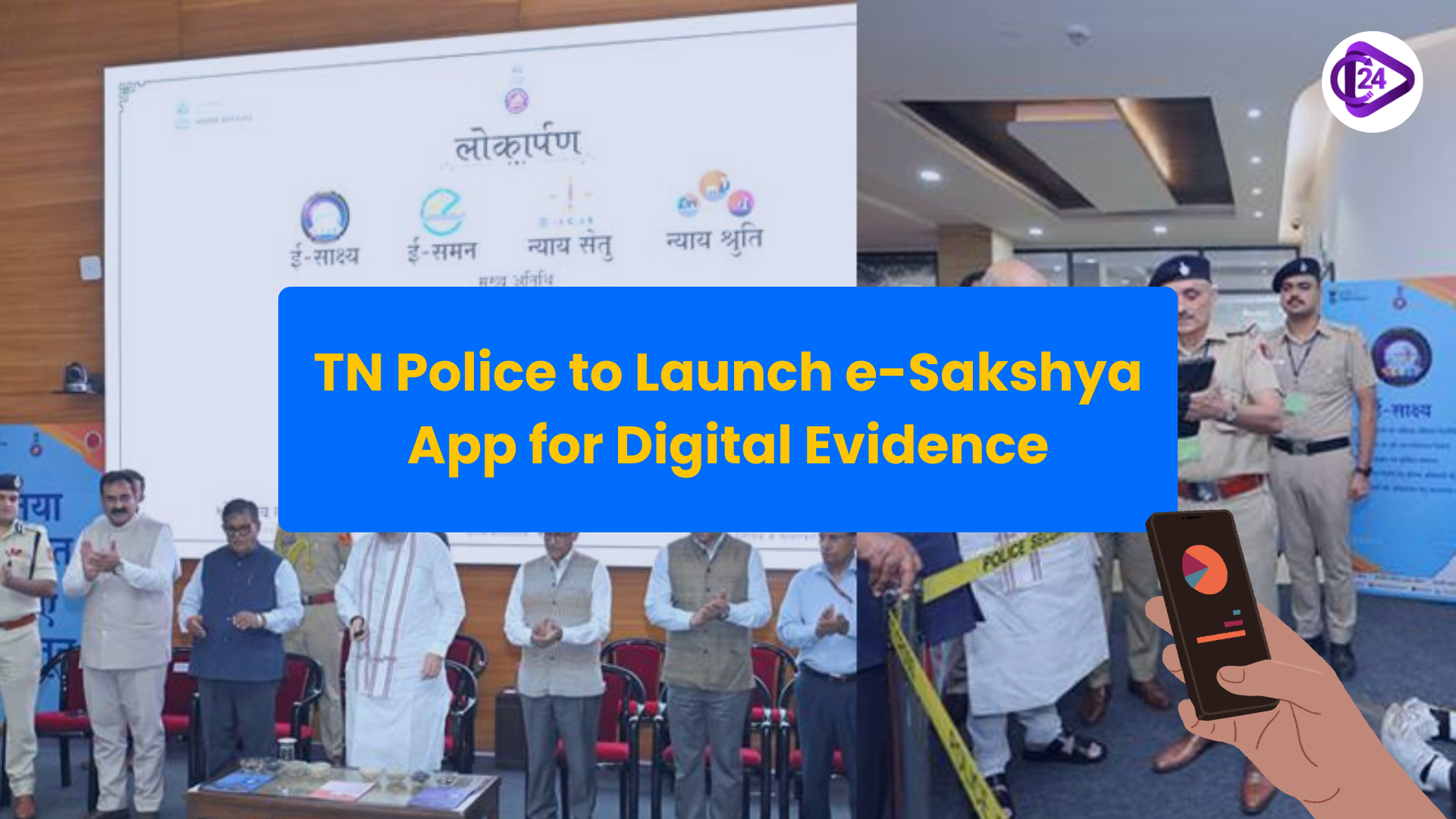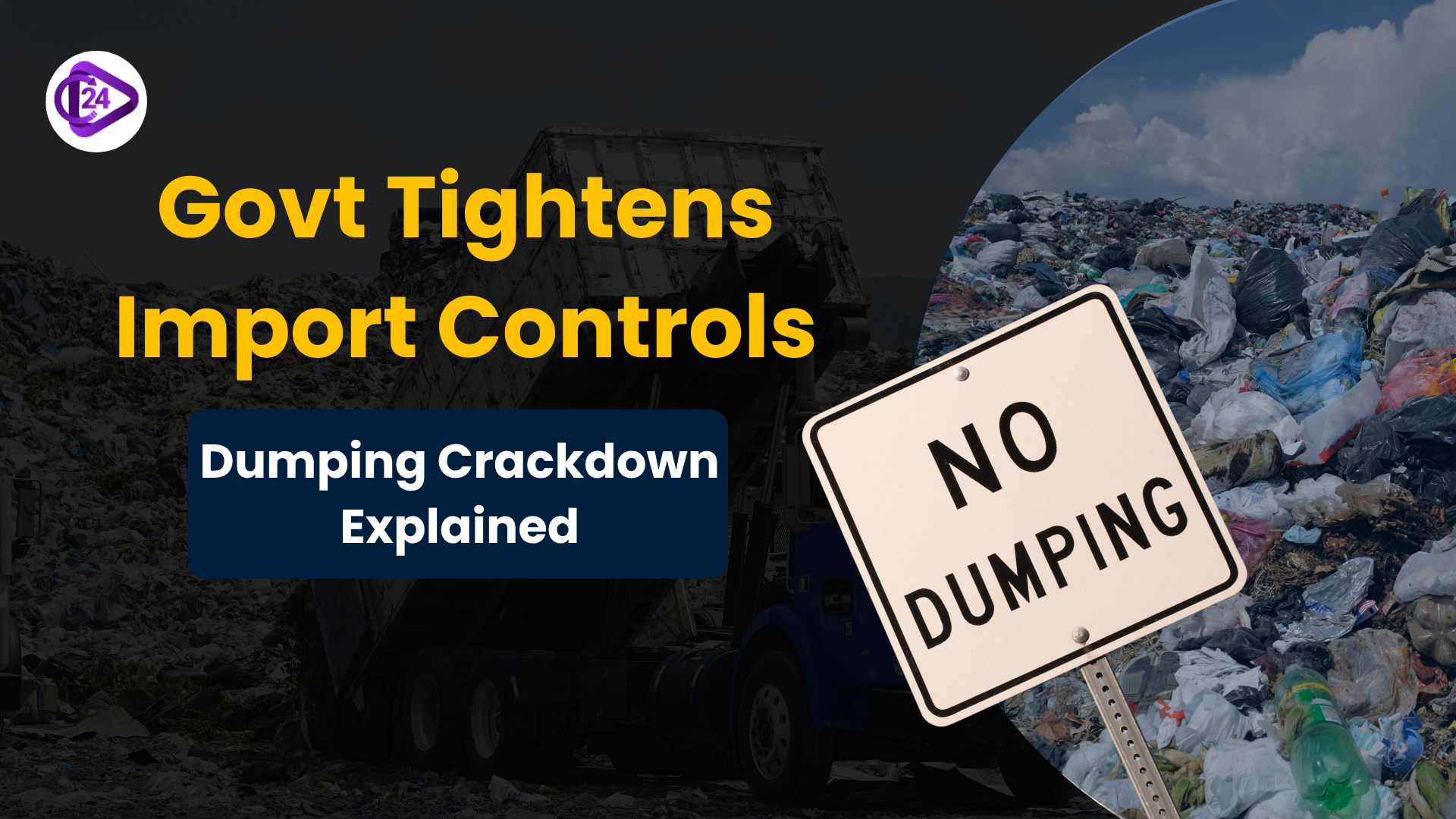
On July 22, 2025, Vice-President Jagdeep Dhankhar tendered his resignation on ground of medical advice and health conditions. His resignation took place quite unexpectedly on the opening day of the Parliament Monsoon Session. Dhankhar (the 14th Indian Vice-President) had two years remaining before his tenure ended. In his letter addressed to President Murmu, he referred to Constitution Article 67 (a). The resignation sheds light concerning the constitutional provisions in regard to the office of the Vice-President.
Context
-
A resignation of serving Vice-President is an unprecedented situation in Indian political life. Till the day he resigns, Dhankhar has been active as per his schedule, presiding in the Rajya Sabha proceedings.
-
His move, citing health reasons has triggered political speculation and debate as to how the succession process will be and at what time.
Vice-President of India: Constitutional Provisions
Article-Wise Overview
|
Article |
Provision |
|
63 |
There shall be a Vice-President of India. |
|
64 |
Vice-President is the ex-officio Chairman of the Rajya Sabha. |
|
65 |
Acts as President in case of vacancy or absence. |
|
66 |
Election and qualifications of the Vice-President. |
|
67 |
Term and removal process of the Vice-President. |
|
68 |
Time of holding an election to fill a vacancy. |
|
69 |
Oath or affirmation before entering office. |
|
92 |
Bar on the Chairman from presiding when removal resolution is under discussion. |
Resignation
-
According to Article 67(a), the Vice-President can quit the office by relinquishing a letter to the president.
-
The resignation takes effect instantly when received but as a rule, it is regarded as being accepted.
Article 67(b): Removal
-
Needs a resolution, taken by an efficient majority in Rajya Sabha.
-
Should be consented by the Lok Sabha.
-
Before moving the resolution, 14 days of notice in advance must be given.
-
No reason necessary to remove.
-
The Vice-President is not allowed to preside when he is removed in a proceeding (Article 92).
Election and Eligibility
Election Process
-
As scrutinised by an Electoral College comprising elected and nominated hands of both houses namely, Lok Sabha and Rajya Sabha.
-
Proportional representation under a system of single ballot by transferable vote.
-
It is regulated by Article 324 (powers of the Election Commission).
Eligibility (Article 66)
-
Indian citizen.
-
Aged 35 years and above.
-
He can be elected as a member of Rajya Sabha.
-
Shall not be holding any office of profit under the Union or State government or any authority under it.
Term of Office
-
The Vice-President serves a five year mandate (Article 67).
-
It persists until the new governor takes over.
-
Is eligible to re-election into the same position.
Powers and Functions
|
Function |
Details |
|
Chairman of Rajya Sabha |
Presides over House sessions, adjourns meetings, and ensures order. |
|
Legislative Role |
Can cast a deciding vote in case of a tie in Rajya Sabha. |
|
Administrative Role |
Appoints members to Parliamentary Committees, chairs Business Advisory Committee, Rules Committee, and General Purposes Committee. |
|
Disqualification |
Decides on disqualification of Rajya Sabha members under the 10th Schedule (anti-defection law). |
|
Interpretation |
Interprets rules and constitutional provisions related to the Rajya Sabha. |
Key Facts about Jagdeep Dhankhar
|
Attribute |
Details |
|
Born |
18 May 1951 |
|
Former Positions |
Governor of West Bengal, Senior Advocate, Member of Parliament |
|
Vice-President |
Elected as the 14th Vice-President in August 2022 |
|
Notable |
Known for vocal interventions and confrontations with Opposition in Rajya Sabha |
|
Predecessor |
M. Venkaiah Naidu |
Historical Note
-
Initially, the Vice-President used to be chosen during a joint session of the two Houses.
-
This has undergone an amendment by the 11th Constitutional Amendment Act, 1961 making the process simpler.
Conclusion
The abrupt resignation of the Vice-President Jagdeep Dhankhar has brought constitutional and political concerns. It emphasises a necessity of knowing the powers, functions and constitutional processes concerning the second-highest constitutional office of India. The Vice-President is very instrumental in the legislative process and the institutional stability in Parliament.



 Parliament Passes ‘Bills of Lading, 2025’ to Modernize Maritime Trade Law
Parliament Passes ‘Bills of Lading, 2025’ to Modernize Maritime Trade Law Tamil Nadu Police to Launch e-Sakshya App for Digital Evidence Collection
Tamil Nadu Police to Launch e-Sakshya App for Digital Evidence Collection Indian Army’s AI Roadmap by 2026-27: From Drone Swarms to Smart War Rooms
Indian Army’s AI Roadmap by 2026-27: From Drone Swarms to Smart War Rooms Fauja Singh, World’s Oldest Marathoner, Cremated with State Honours
Fauja Singh, World’s Oldest Marathoner, Cremated with State Honours INS Nistar Commissioned: India’s First Indigenous Diving Support Vessel Joins Navy
INS Nistar Commissioned: India’s First Indigenous Diving Support Vessel Joins Navy Govt. Cracks Down on Dumping and Import Surges: Commerce Ministry Tightens Controls
Govt. Cracks Down on Dumping and Import Surges: Commerce Ministry Tightens Controls PM Dhan-Dhaanya Krishi Yojana (PMDDKY): Government Merges 36 Schemes to Launch Flagship Agri-Plan
PM Dhan-Dhaanya Krishi Yojana (PMDDKY): Government Merges 36 Schemes to Launch Flagship Agri-Plan 75th Pradhan Mantri Divyasha Kendra to be Inaugurated in Badaun, Uttar Pradesh
75th Pradhan Mantri Divyasha Kendra to be Inaugurated in Badaun, Uttar Pradesh India’s Renewable Rise: 50% Non-Fossil Capacity Achieved Ahead of 2030 Target
India’s Renewable Rise: 50% Non-Fossil Capacity Achieved Ahead of 2030 Target






